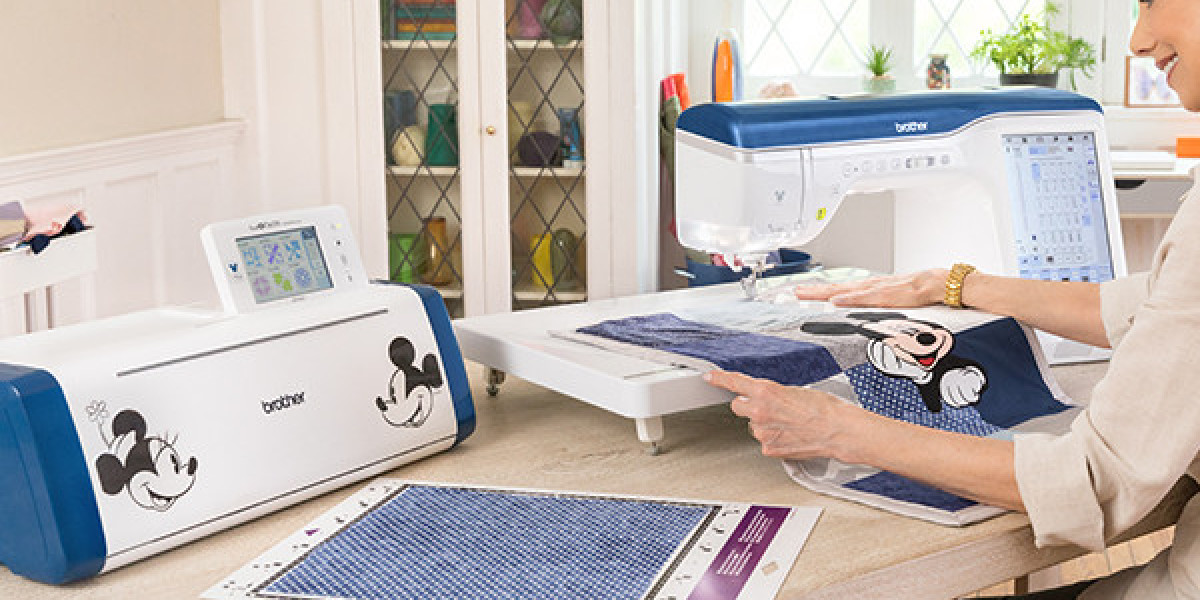Introduction
Embroidery digitizing is equal parts art and science. Whether you're a hobbyist creating custom hats or a professional outfitting entire teams, your choice among the best embroidery digitizing software makes all the difference between amateur-looking stitches and flawless designs.
The right toolkit can transform your workflow, but with dozens of options on the market, how do you know which features actually matter in the best embroidery digitizing software? This guide breaks down the must-have capabilities in modern digitizing software and explains why they're essential for creating professional embroidery files.
What Makes Great Digitizing Software?
Before we dive into specific features, let's establish what separates basic programs from professional-grade solutions:
Precision control over every stitch
Intuitive workflow that matches how digitizers think
Specialized tools for different fabric types
Reliable output that works across machines
Now let's explore the features that deliver on these requirements.
Core Features Every Digitizer Needs
1. Advanced Stitch Type Control
The foundation of any digitizing software is its ability to create and modify different stitch types:
Satin stitches for borders and lettering
Fill stitches for large areas
Running stitches for fine details
Specialty stitches like motif or cross-stitch
Look for software that lets you:
Adjust stitch length and density
Control stitch angles and patterns
Create custom stitch types
2. Dynamic Pull Compensation
Fabric isn't static - it moves and stretches during embroidery. Pull compensation automatically adjusts your design to account for:
Fabric tension
Material stretch
Thread pull
This prevents distortion and keeps your designs looking sharp after stitching.
3. Automatic Underlay Generation
Underlay stitches provide stability and prevent fabric show-through. Good software should:
Offer multiple underlay types (edge run, zigzag, etc.)
Automatically apply appropriate underlay
Let you customize underlay density and placement
4. True-to-Life 3D Preview
A robust preview system helps catch issues before you stitch by showing:
Actual stitch paths
Thread color changes
Potential problem areas
Estimated stitch count and runtime
The best previews simulate fabric behavior and allow rotation for different viewing angles.
Advanced Features for Professionals
1. Object-Based Digitizing
Instead of working stitch-by-stitch, object-based digitizing lets you:
Create design elements as editable objects
Maintain relationships between elements
Make global changes instantly
This approach mirrors how graphic designers work in programs like Illustrator.
2. Automatic Digitizing Tools
While manual digitizing produces the best results, AI-assisted tools can help with:
Basic logo conversions
Quick edits
Batch processing
Look for software that balances automation with manual control.
3. Comprehensive Thread Libraries
Professional software includes:
Updated color catalogs from major brands
Pantone matching
Custom color creation
Thread consumption estimates
4. Multi-Format Export
Your software should export to all major machine formats:
DST (Tajima)
PES (Brother)
EXP (Melco)
JEF (Janome)
And others
Bonus points for simultaneous multi-format export.
Workflow-Enhancing Features
1. Customizable Interface
Every digitizer works differently. Look for software that allows:
Workspace presets
Custom toolbars
Keyboard shortcuts
Multiple monitor support
2. Version Control
Track changes and revert to previous versions with:
Automatic backups
Version history
Side-by-side comparison
3. Collaboration Tools
For team environments, consider:
Cloud storage integration
Commenting systems
Approval workflows
Choosing the Right Software for Your Needs
For Beginners
Start with software that offers:
Guided tutorials
Simple interface
Basic auto-digitizing
Affordable pricing
For Small Businesses
Look for:
Faster processing
More stitch controls
Better file management
Mid-range pricing
For Production Studios
Invest in solutions with:
Advanced automation
Team features
High-speed processing
Industrial-grade reliability
Top Software Options in 2024
While we're not endorsing specific brands, here are the types of solutions available:
Entry-Level (100−300)
Great for hobbyists
Limited advanced features
Professional (500−2,000)
Full feature sets
Regular updates
Industrial ($3,000+)
High-volume capabilities
Enterprise support
The Future of Digitizing Software
Emerging trends to watch:
AI-assisted digitizing for faster turnarounds
Cloud-based collaboration for remote teams
Augmented reality previews to visualize designs in real environments
IoT integration with embroidery machines
Conclusion
Your digitizing software is the backbone of your embroidery workflow. By choosing tools with the right features for your needs, you'll create better designs faster and with fewer headaches.
Remember:
Start with the core features everyone needs
Add advanced tools as your skills grow
Consider your specific workflow requirements
Don't pay for features you won't use
The perfect digitizing toolkit is out there - it's just waiting for you to stitch it together.



